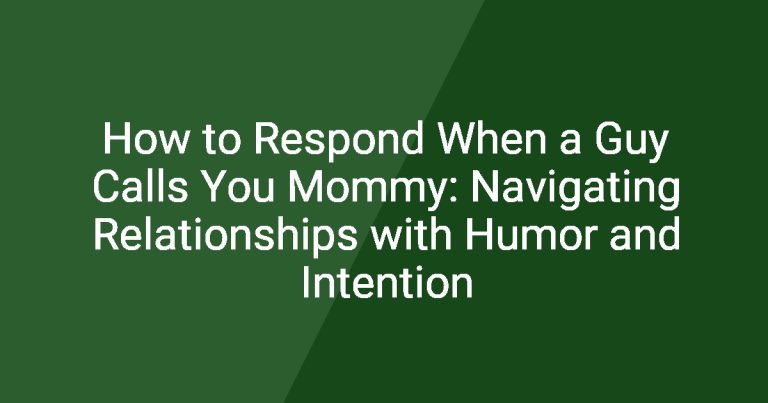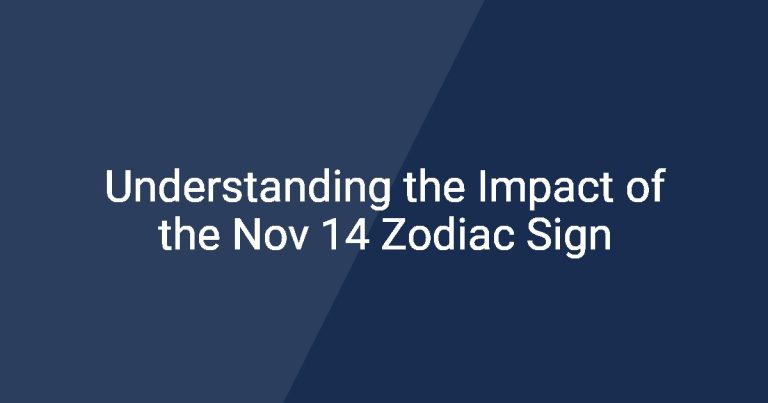The phrase “Good Morning, Have a Nice Day” resonates with individuals as a welcoming way to start the day, encapsulating hope, positivity, and connection. This simple greeting transcends mere words; it sets the tone for how we perceive our day and interact with those around us. The significance of greetings and the inherent positivity they carry play a crucial role in our daily interactions, influencing not just our mood, but also the atmosphere around us. This article aims to dive deep into the importance of morning greetings, particularly the phrase “Good Morning, Have a Nice Day,” how to integrate it into our routines, and the positive impacts it can have on our lives and communities.
The Importance of Morning Greetings
Setting the Tone for the Day
Each morning presents an opportunity to reset our mindset. Positive morning greetings, such as saying “Good Morning, Have a Nice Day,” can profoundly affect our overall mood. Research has shown that attitudes expressed in the morning can influence our emotional state throughout the day. By initiating the day with positivity, we start a chain reaction of good feelings and constructive interactions. The act of greeting others establishes a friendly atmosphere, promoting goodwill and camaraderie that can improve relationships both personally and professionally.
Cultural Significance
Morning greetings vary significantly from culture to culture, each with its unique traditions and customs. In Japan, for example, “Ohayō gozaimasu” is the common morning greeting, which embodies respect and politeness. In contrast, Hispanic cultures often embrace more expressive greetings like “¡Buenos días!”, illustrating warmth and closeness. The diverse ways people greet each other highlight the importance of language as a powerful tool for connection and community, revealing cultural nuances and shared human experiences.
How to Incorporate “Good Morning, Have a Nice Day” into Your Routine
Personal Interactions
When you greet someone, making it sincere can significantly enhance the interaction. Maintaining eye contact and offering a genuine smile while saying, “Good Morning, Have a Nice Day,” conveys authenticity. To make greetings more engaging, consider varying your tone of voice, or adding a personal touch based on context—such as mentioning something positive from the previous day or expressing hope for the day ahead.
Digital Communication
In our technology-driven world, the phrase “Good Morning, Have a Nice Day” can seamlessly transition into digital communication. Use it in text messages to start conversations on a bright note or in emails to create a friendly rapport. On social media platforms, consider sharing uplifting posts or creating graphics with the phrase, paired with vibrant emojis or playful gifs to make your greetings stand out and reach a wider audience.
The Positive Impact of a Good Morning Greeting
Boosting Morale and Well-being
Studies indicate a strong connection between positive greetings and enhanced mental health. Individuals who engage in such interactions report feeling happier and more connected. This kind of positivity creates a ripple effect, encouraging coworkers and peers to adopt similar attitudes. Testimonials reveal how a simple “Good Morning, Have a Nice Day” from a colleague can transform an ordinary day into something extraordinary, motivating individuals to spread kindness further.
Building a Supportive Community
Greetings foster a sense of belonging; they can help build a supportive community. Initiatives like “National Good Morning Day” promote the practice of morning greetings, encouraging people to express positivity regularly. Organizations can contribute by implementing a greeting culture, where beginning each day with encouraging words enhances team spirit and collaboration.
Creative Variations to “Good Morning, Have a Nice Day”
Unique Phrases and Their Meanings
Exploring alternatives to the standard greeting can enrich our interactions. Local dialects may offer unique expressions; for instance, some might say, “Top of the morning to you!” in certain English-speaking regions. Understanding context is essential in choosing the right greeting, ensuring it resonates with the cultural or personal dynamics of the individuals involved.
Inspiring Examples from Around the World
Around the globe, different cultures express similar sentiments through their greetings. For instance, in the Philippines, “Makabuhay!” conveys wishes of health and welfare, while the Swahili greeting “Habari ya asubuhi” translates to “news of the morning.” Such diversity enriches our understanding of human connection and highlights how language shapes our daily interactions.
Overcoming Barriers to Speaking Up
Addressing Shyness or Anxiety
For those who struggle with social interactions, the idea of saying “Good Morning, Have a Nice Day” can be daunting. Start by practicing small, casual greetings with familiar people or even through the mirror. Role-playing exercises can help enhance confidence and comfort levels. Remember, starting small lays the foundation for more extensive social interactions later.
Responding to Negative Reactions
Sometimes, not everyone will respond positively. It’s essential to remain resilient and understand that others’ indifference or negativity is often a reflection of their circumstances rather than a commentary on you. Develop strategies to stay positive, such as reminding yourself of the power of kindness and the impact it can have, regardless of others’ reactions.
Conclusion
In closing, these morning greetings play a vital role in our lives, gently nudging us toward positivity and connection. Making a concerted effort to practice “Good Morning, Have a Nice Day” can significantly impact both ourselves and our communities. Consider this a call-to-action: challenge yourself to greet someone every day for a week, and observe the positive changes it can bring.
Additional Resources
Looking to dive deeper into the world of positivity and communication? Here are some recommended resources:
– “The Power of a Positive Attitude” by Jeff Keller
– Online communities such as Meetup [Meetup](https://www.meetup.com) where you can connect with others focused on positivity.
– Tips for developing a personal morning routine that promotes positivity at [Mindful](https://www.mindful.org).
References
1. Study on the effects of positive greetings and mental health from the Journal of Positive Psychology.
2. Cultural insights into greetings published by the Linguistic Society of America.
| Key Points | Details |
|---|---|
| Importance of Greetings | Sets a positive tone, enhances relationships, influences mood |
| Cultural Significance | Diverse expressions showcase connection and support |
| Digital Communication | Enhances interactions through texts and social media |
| Community Building | Fosters a sense of belonging and initiatives |
| Overcoming Barriers | Strategies for addressing anxiety and negativity |
FAQ
1. Why are morning greetings important?
Morning greetings set a positive tone, influencing the mood of the day for both the greeter and the recipient.
2. How can I be more confident in greeting others?
Start with small, casual interactions and practice them regularly until you feel more comfortable.
3. What are some cultural variations of morning greetings?
In Japan, people say, “Ohayō gozaimasu,” while in Spanish-speaking countries, “¡Buenos días!” is common.
4. How can I incorporate greetings into my digital communication?
Use the phrase “Good Morning, Have a Nice Day” in your texts, emails, and social media posts to uplift others.
5. What if someone does not respond positively to my greeting?
Remember that their reaction may not be personal and continues to foster positivity regardless of others’ responses.
6. Can morning greetings have an impact on workplace morale?
Yes, incorporating positive greetings can enhance teamwork, cooperation, and overall job satisfaction among employees.
7. How does language affect the way we greet others?
Language shapes our greetings, reflecting culture and personal relationships, enhancing communication and rapport.
8. What are some creative ways to say good morning?
Consider phrases like “Wishing you a fabulous day!” or using regional dialects that express warmth.
9. How can I encourage others to greet each other more?
Promote morning greeting initiatives at work or in community gatherings to foster a culture of positivity.
10. What is the overall message behind “Good Morning, Have a Nice Day”?
The phrase embodies hope, positivity, and a genuine desire for well-being, encouraging meaningful connections each day.







